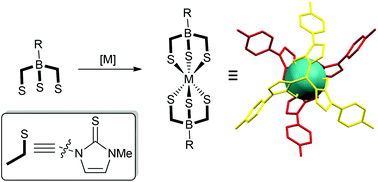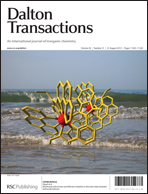Homoleptic ‘sandwich’ complexes of substituted tris(methimazolyl)borate ligands with ruthenium, rhodium and palladium†‡
Abstract
The pursuit of heteroleptic ‘half-sandwich’ complexes of boron substituted anionic and charge-neutral tris(methimazolyl)borate


 Please wait while we load your content...
Please wait while we load your content...